| Lake Skadar National Park: Montenegro’s Natural Wonder Welcome to the breathtaking world of Lake Skadar National Park, a natural wonder straddling Montenegro and Albania. Famous for its stunning beauty and ecological significance, Lake Skadar is one of Europe’s largest freshwater reserves and a sanctuary for biodiversity. Join us on a journey through its pristine waters, lush wetlands, and captivating landscapes as we uncover the enchanting secrets and unmatched wonders that make Lake Skadar a true gem of the Balkans and beyond. In this blog post:
The Enigmatic Ecosystem of Lake Skadar Lake Skadar is a fascinating testament to the intricate complexities of natural ecosystems. Covering over 500 square kilometers, it is the largest lake in the Balkan Peninsula. Despite its vast size, Lake Skadar maintains an average depth of approximately 5 meters, reflecting its geological history as a site shaped by powerful tectonic forces, classifying it as a cryptodepression. Beneath the tranquil surface of Lake Skadar lies a fascinating network of submerged rivers known as “eyes.” These subaquatic currents, originating from depths of 60 meters and beyond, traverse through rocky terrain, generating underwater whirlpools as they emerge due to immense pressure. This phenomenon adds to the enigmatic appeal of the lake’s underwater dynamics, creating a unique habitat for aquatic life. The northern region of Lake Skadar is adorned with a vibrant expanse of marsh vegetation, sprawling across more than 20,000 hectares. This biodiverse ecosystem provides a haven for many insects, birds, reptiles, and fish species, highlighting the richness of the area’s biodiversity. The presence of such diverse flora and fauna underlines the ecological significance of Lake Skadar as a sanctuary for various species. Lake Skadar is primarily fed by the Morača River, along with contributions from smaller tributaries like the Crnojevića River, Gostiljska River, and Crmnica River. The lake’s sole outflow is through the Bojana River, which winds its way beneath the ancient town of Skadar in Albania.
The intricate network of river systems surrounding Lake Skadar plays a crucial role in shaping its hydrological characteristics and maintaining its delicate balance. In recent years, Lake Skadar has undergone significant transformations, solidifying its status as the largest lake in the Balkans. Factors such as sediment influx from mountainous rivers and alterations in river courses have contributed to the lake’s changing landscape. Notably, the diversion of the Drim River in Albanian territories has obstructed the flow of the Bojana River, leading to a rapid rise in water levels. Additionally, the accumulation of vegetation, particularly willow growth along the lake’s shores, further influences its hydrological dynamics, particularly during winter. Ornithological Reservations Within the national park surrounding Lake Skadar, three ornithological reservations – Pančevo oko, Manastirska tapija, and Crni zar – offer sanctuary to various bird species. Lush meadows of white and yellow water lilies, dense stands of reeds and sedges, and expansive willow woodlands characterize these marshlands. In some areas, impenetrable forests contrast with floating islands, serving as nesting sites for pelicans. The willow trees within these reservations provide nesting sites for many bird species, including cormorants, white herons, squacco and grey herons, little grebes, ferruginous ducks, crested grebes, and coots. This rich tapestry of avian life highlights the importance of Lake Skadar as a vital habitat for birds in Europe.
Pelicans: Majestic Giants and Iconic Symbol of Lake Skadar The Dalmatian pelican, well-known as the largest pelican species, holds a special place as the emblematic symbol of Lake Skadar. With its imposing presence and wingspan stretching up to two meters, this majestic bird gracefully navigates the lake’s waters. The Dalmatian pelican performs the vital task of feeding its young, equipped with a formidable beak garnished with a massive, elastic pouch. Despite its size and agility, the Dalmatian pelican’s air-filled body and skin limit its diving capabilities. As a result, it primarily hunts for fish in shallow waters or alongside more proficient divers within the lake’s depths. During the breeding season, the striking contrast of the pelican’s robust white plumage and vibrant orange pouch becomes a familiar sight amidst the tranquil waters of Lake Skadar. In particular, the ornithological reserve known as Pančevo oko is the exclusive nesting ground for these magnificent birds. Here, pairs of pelicans construct their nests atop floating moss islands, locally referred to as arbunos, marking a significant milestone in their annual mating rituals. Diverse Fish Species that Call Lake Skadar Home Characterized by its relatively warm and shallow waters, Lake Skadar is also home to various fish species. Its diverse fish population reflects the unique ecological characteristics of the region, providing both sustenance for local communities and opportunities for recreational fishing. The lake’s ecosystem supports a diverse range of fish, with approximately 50 permanent and occasional species inhabiting its waters.
Carp and Other Common Species The carp family dominates the lake’s fish population, with Cyprinus carpio being particularly abundant. Although once plentiful, carp populations have declined due to overfishing, they remain a staple of local cuisine and can still be found on restaurant menus. Carp from Lake Skadar are known for their impressive size, with specimens reaching weights of up to 20kg and occasionally exceeding 30kg. In addition to carp, other commonly found species include rudd, roach, and common chub. While these fish are edible, their quality is generally inferior to carp’s, and they are less frequently served in restaurants. Unique Species Among the unique fish species in Lake Skadar is the bleak or sweet water sardela, which exhibits an unusual life cycle. During the summer, bleaks migrate to the ocean, returning to the lake in autumn, congregating around freshwater sources. The delicious taste of bleaks has led to the development of specialized fishing techniques using nets known as griba. The common nase and Mediterranean shad are two species that have become increasingly rare in Lake Skadar. However, there have been reports of the latter’s resurgence recently. Another notable inhabitant is the eel, a snakelike fish that does not reproduce in European waters but instead migrates to the Sargas Sea for spawning. Despite its rarity, eel remains a popular menu item in Montenegrin restaurants, highlighting its cultural significance.
The Feisty Trout Once abundant with various trout species, Lake Skadar has witnessed changes in its fish population over time. Among the notable inhabitants were the brown trout, renowned for its size reaching up to 20kg, and the marble trout, an endemic species originating from the Adriatic Sea’s tributaries. Additionally, the lake was home to the Dentex trout, characterized by its distinctive teeth, which migrate from the Morača River to the lake. This aggressive and highly prized fish has long been popular among sports fishermen. In recent decades, the introduction of the California trout, a less esteemed species, has altered the dynamics of the lake’s ecosystem. Escaping from nurseries, these trout have swiftly adapted to the conditions within the lake’s tributaries, further diversifying the fish population. Endangered Adriatic Sturgeon The Adriatic sturgeon, once a prized inhabitant of Lake Skadar, has become a rarity in recent years. The construction of barriers along the Bojana River has restricted its migration, leading to a significant decline in its population. Once celebrated for its flavorful taste, the Adriatic sturgeon now faces the threat of extinction, highlighting the urgent need for conservation efforts to protect this endangered species.
Other Fish Species Despite the challenges faced by certain species, Lake Skadar continues to support a diverse array of fish. Black mullet, European sea bass, and unique flatfish such as leaf fish and sea lamprey can still be found within the lake and surrounding rivers. Though not as endangered as the Adriatic sturgeon, these species play an integral role in the ecosystem of Lake Skadar and contribute to its rich biodiversity. The Reptile Fauna of Lake Skadar and Its Surroundings Lake Skadar’s reptile fauna, which includes a variety of snakes, turtles, and lizards, contributes significantly to the area’s ecological balance. The lake is home to a diverse reptilian population comprising several rare and endemic species. One of the most common snake species in Lake Skadar is the European grass snake (Natrix natrix), which can grow up to 1.5 meters long. These agile swimmers and divers are frequently observed navigating through the lake’s water lilies, especially during the early spring months. Their diet primarily consists of frogs, fish, and bird eggs, making them integral to the lake’s ecosystem.
Rare marsh turtles also inhabit the area surrounding Lake Skadar. While typically harmless, these turtles can pose a danger due to their biting capabilities. Additionally, the larger islands within the lake are home to the Hermann’s Tortoise, a well-known forest turtle species. The lizard population around Lake Skadar is notably diverse, with various species inhabiting different islands and habitats within the Krajinski archipelago. The Balkan lizard, known for its short stature, is widespread across the islands, with each island hosting its distinct population. The abandoned fortress Grmožur serves as a habitat for the wall lizard. In contrast, the Mediterranean lizard, known as the Dalmatian Algyroides, resides on the northeast island of Bisag. Furthermore, Lake Skadar is home to larger lizard species such as the Balkan green lizard, European legless lizard, and Slow worm. Despite their beneficial roles in the ecosystem, these lizards are often mistaken for snakes, leading to unnecessary fear among locals and visitors. Due to its favorable geographical location and climate conditions, Lake Skadar harbors a rich herpetofauna with several endangered endemic species. These species are protected under international conventions, highlighting the importance of conservation efforts in preserving the region’s unique reptilian diversity.
A Paradise for Amphibians and Protected Insects The diverse environments hidden in Lake Skadar provide crucial breeding grounds and habitats for numerous amphibian species, making the lake a hotspot for amphibian biodiversity. One notable inhabitant of Lake Skadar is the green frog, with the species Rana shiperica particularly prevalent in the region. These amphibians thrive in the lake’s water fields, wet woodlands, and surrounding streams and brooks. Additionally, the common toad, a sizable frog species, is also commonly found in this area, adding to the richness of the amphibian population. In addition to its amphibian diversity, Lake Skadar is home to various protected insect species, contributing to its status as an important ecological site. Among these insects are the southern wood ant, stag beetle, horn bug, and swallowtail butterfly. These insects play vital roles in the lake’s ecosystem, contributing to pollination, decomposition, and nutrient cycling. Protecting these insect species is essential for maintaining Lake Skadar’s ecological balance and preserving its rich biodiversity. Efforts to conserve these habitats and protect their inhabitants are crucial for ensuring this unique ecosystem’s long-term health and sustainability. Lake Skadar National Park: Plant Empire Lake Skadar has diverse flora, attracting plant enthusiasts with its rich vegetation. The northern coast is decorated with expansive marsh vegetation, emitting a pleasant aroma of grasses and other plants. Water lilies in white and yellow hues dot the surface, with their roots submerged. At the same time, their distinctive heart-shaped leaves embellish the water. Delicious water chestnuts, known as Trapa natans, can also be found within the lake. Reeds and rushes line the northern bays, historically utilized by locals for crafting various objects. Marsh willows signify the onset of migration and bird romance rituals, indicating the arrival of spring. Meanwhile, the Morača delta hosts willows that flourish within the green waters, forming essential habitats akin to mangroves for fish, birds, and reptiles.
Moving to the lower zones of the southern coast, olive and mulberry trees thrive. The latter’s leaves were fed silk-producing bugs and contributed to the fishing nets’ creation. Surrounding the lake, one can discover a variety of plant species, such as Ramonda serbica, Moltkea petraea, European fritillaria, and wild tulips. Each island exudes a delightful aroma, a blend of wild figs and pomegranates. At the same time, the stony southern coasts teem with healthy, aromatic plants like wormwood and sage. The honey produced in this area is renowned for its aromatic quality, attributed to the presence of Common sage, a medicinal plant thriving in rocky terrain. Its violet-colored flowers emit a delightful fragrance, enriching the flavor of the honey. The Willow Woods The delta of the Morača River, known as Manastirska tapija, boasts stunning willow woods dominated by Salix fragilis trees. Standing approximately 20 meters tall, these majestic specimens feature vibrant crowns adorned with flexible branches that provide ideal nesting spots for various bird species. The bark of young trees exhibits hues of grey and green, adorned with distinctive cracks.
Kasaronje: Water Caltrop Floating atop certain sections of Lake Skadar is a unique aquatic plant known locally as kasaronja, characterized by its lengthy underwater stalk reaching up to two meters. The plant’s fruit, irregular shape and robust peel serve as a cherished souvenir for many visitors. Beneath the tough exterior lies the edible fruit, historically used for breadmaking. Despite its aquatic habitat, the plant only yields fruit during abundant rainfall. Rich in starch and other nutrients, the fruit offers a sweet taste reminiscent of chestnuts, suitable for consumption raw, cooked, or baked. Skadar’s Oak Skadar’s oak, a distinctive subspecies endemic to the lake’s shores, can still be found in regions such as Crmnica’s field and near the Gostiljska River. Ramonda serbica Above the village of Murići, an intriguing endemic species called Serbian Ramondia thrives amidst rocky terrain. Known for its resilience during dry spells, the plant undergoes a remarkable transformation, reviving upon the arrival of rain, a trait attributed to its survival through past climatic challenges, including the Ice Age. European Chestnut In the Ostros area of Krajina, European chestnut trees, some exceeding 500 years in age, grace the landscape with their towering presence. These majestic trees, known locally as koštanje, bear delectable fruits abundant in the region.
|













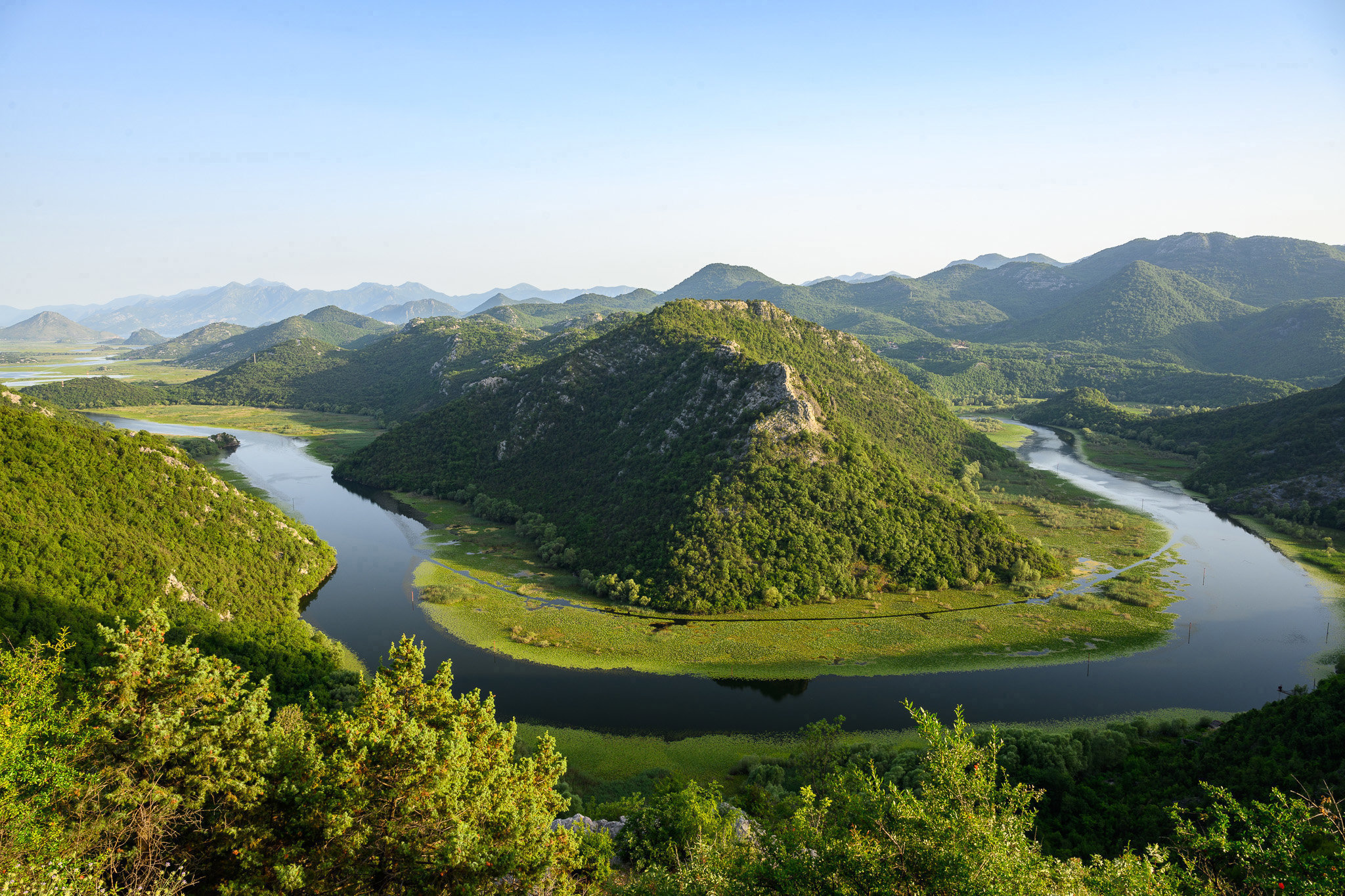
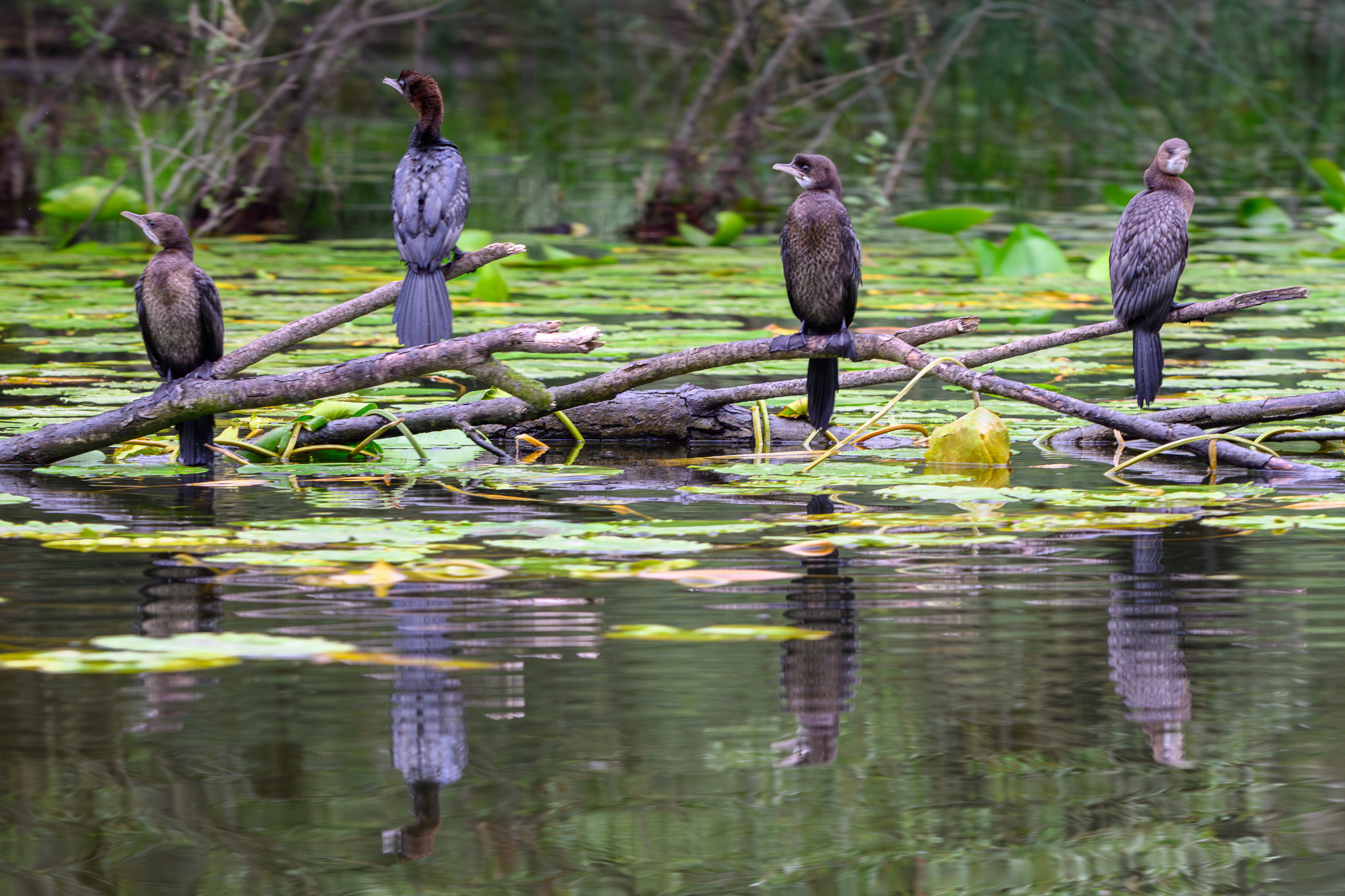
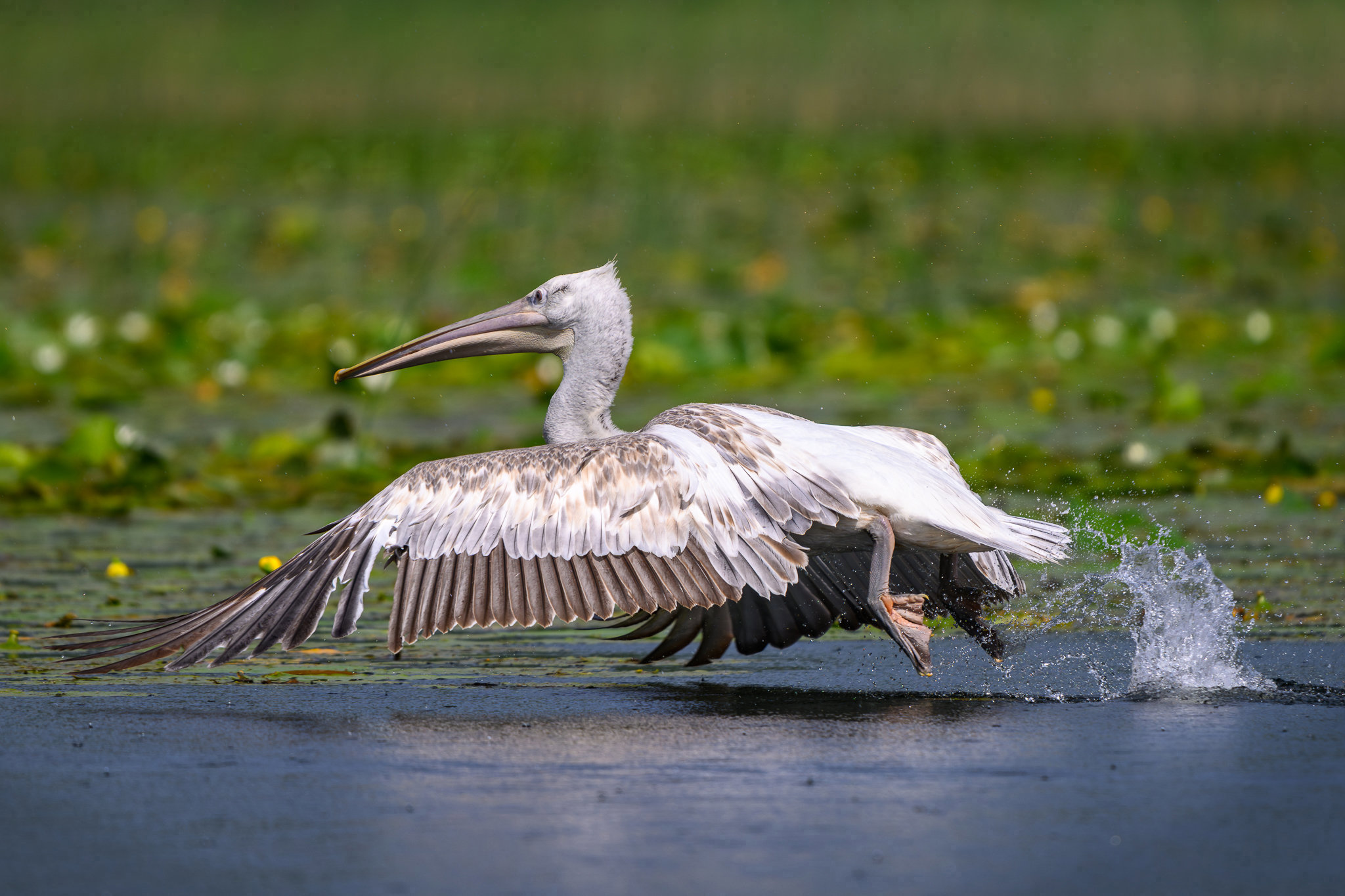
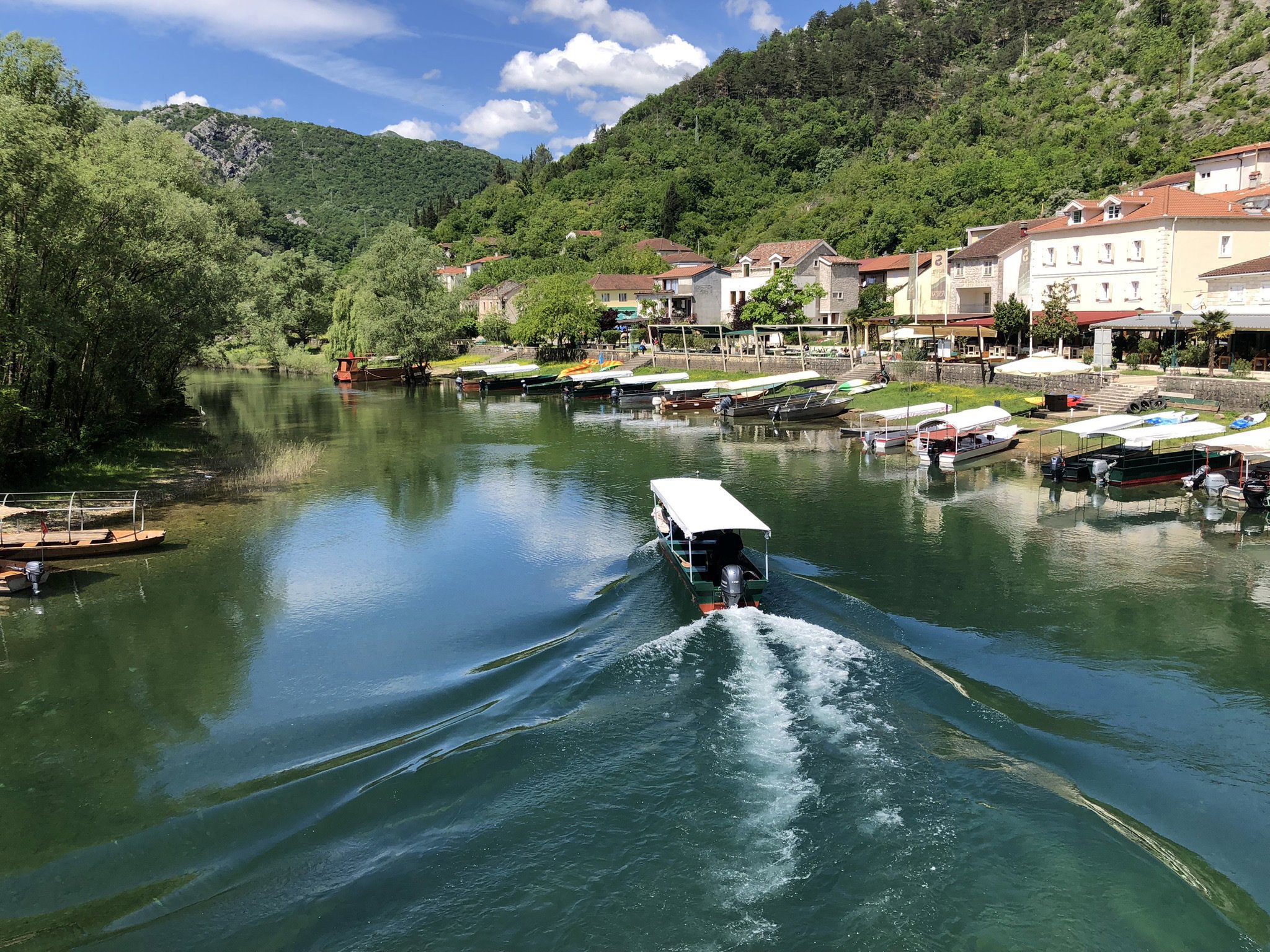
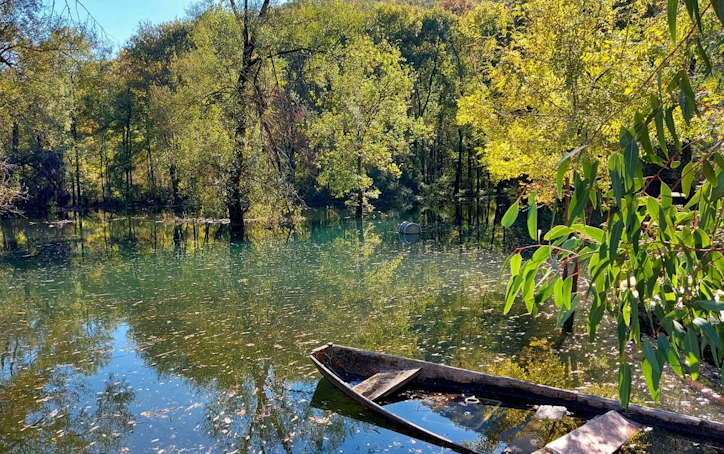
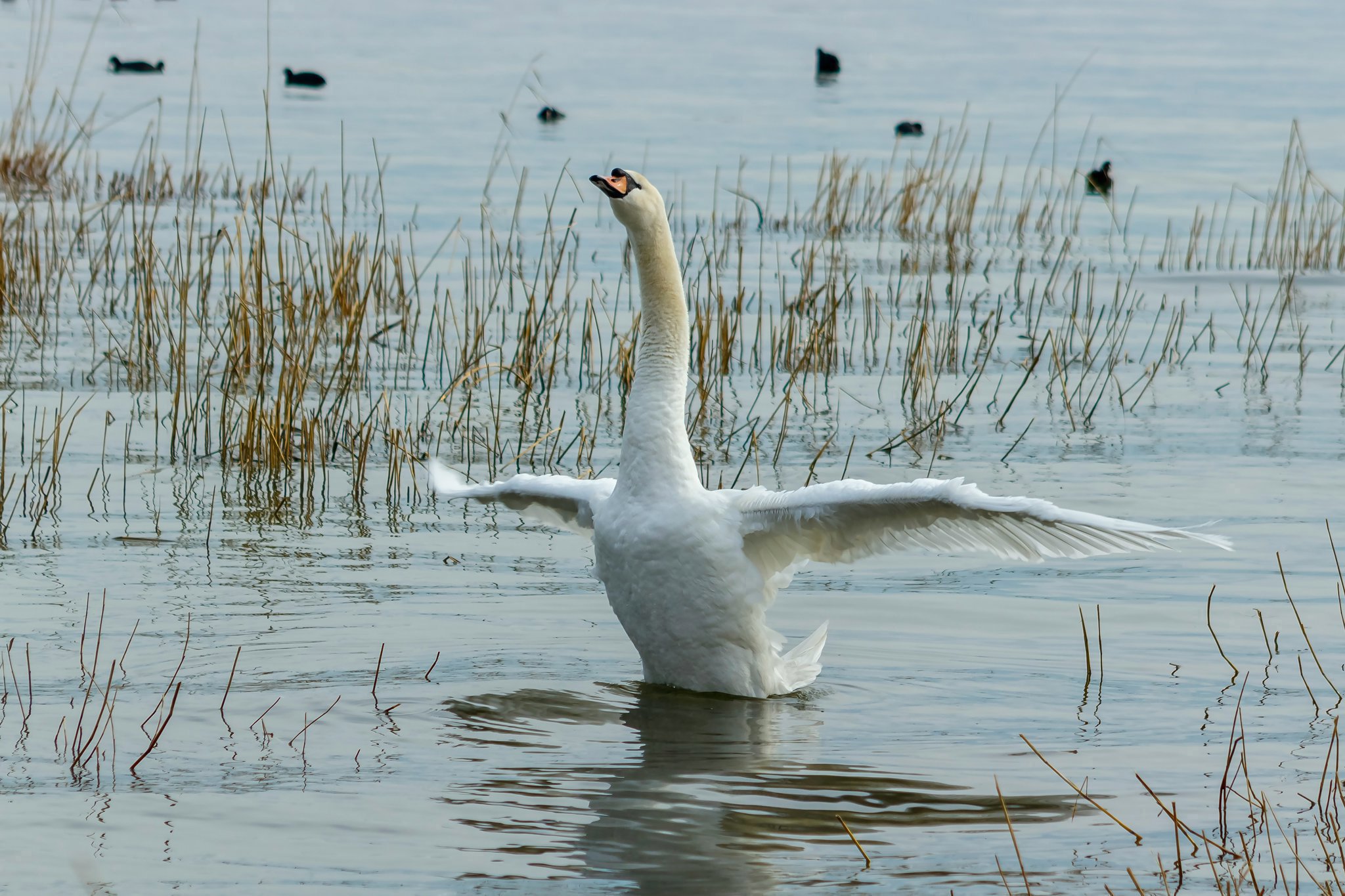
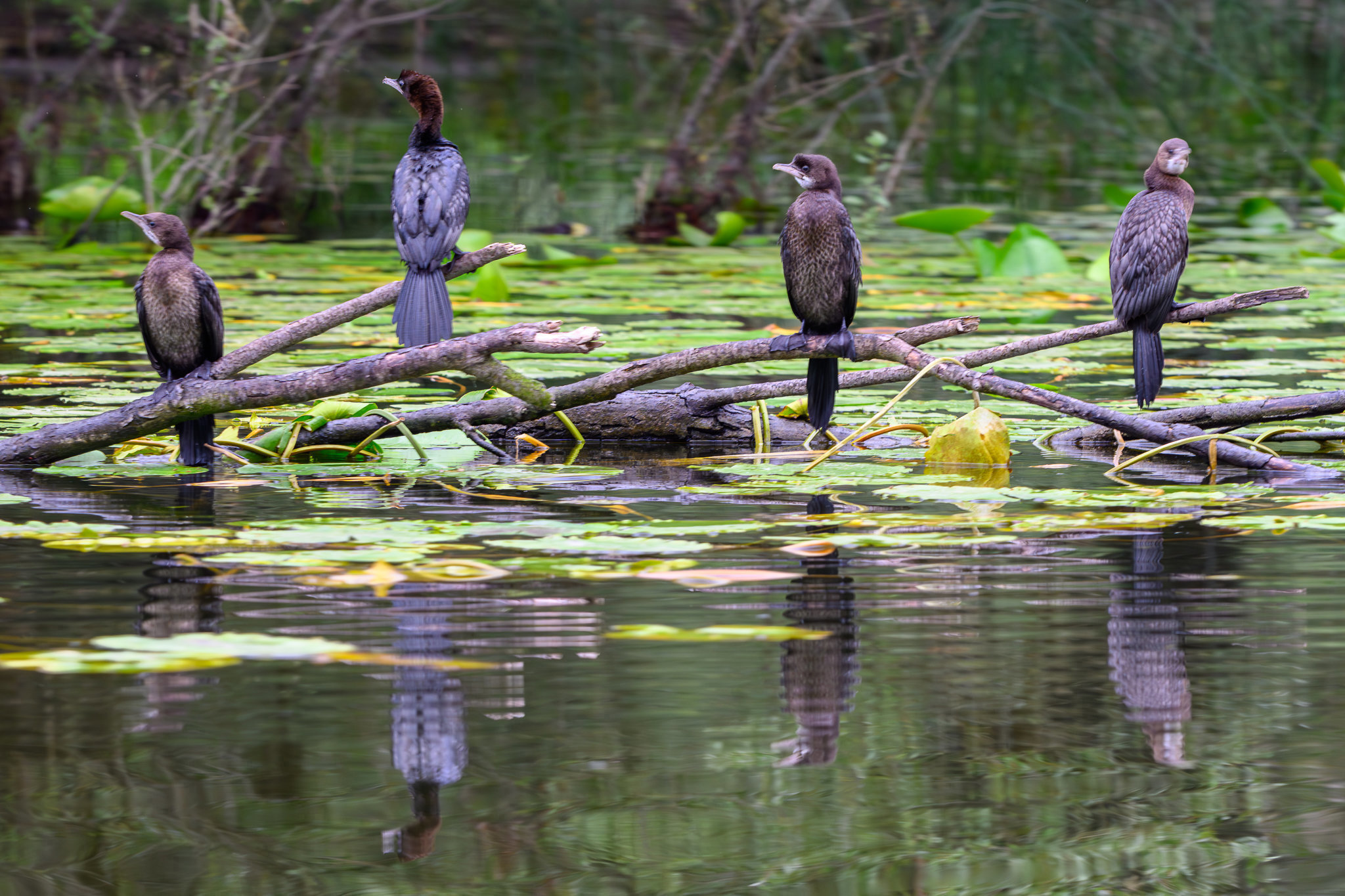
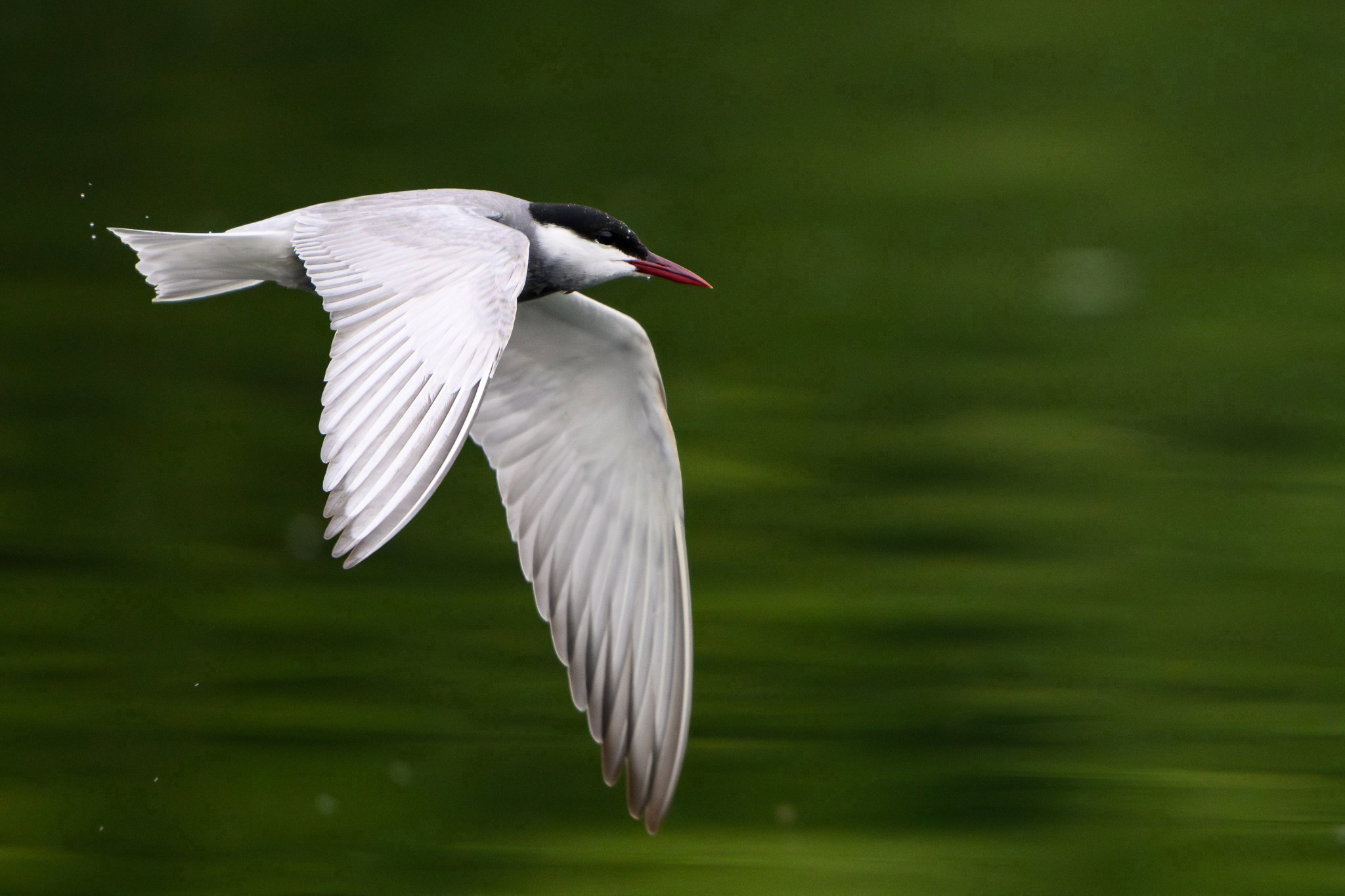
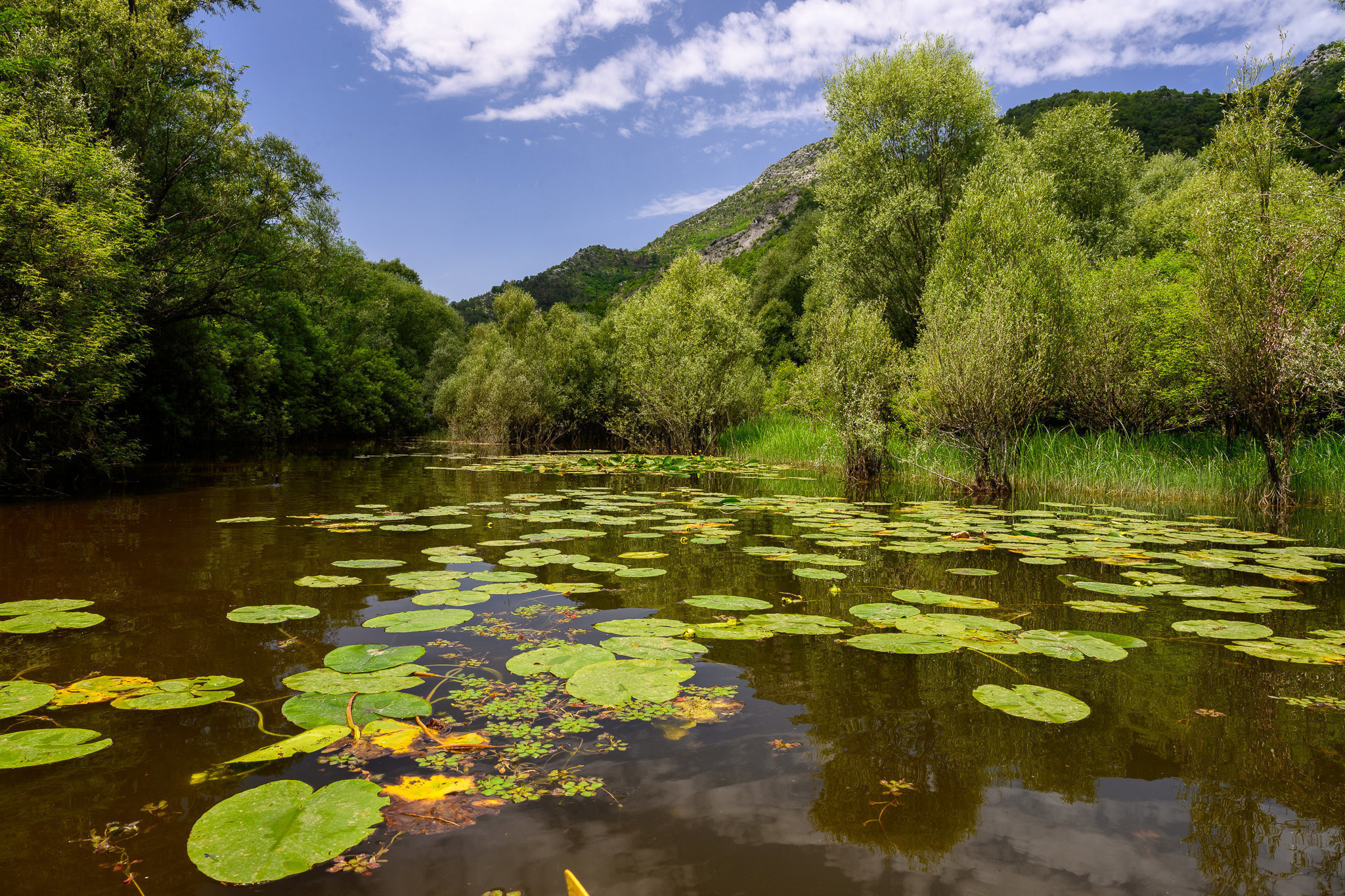
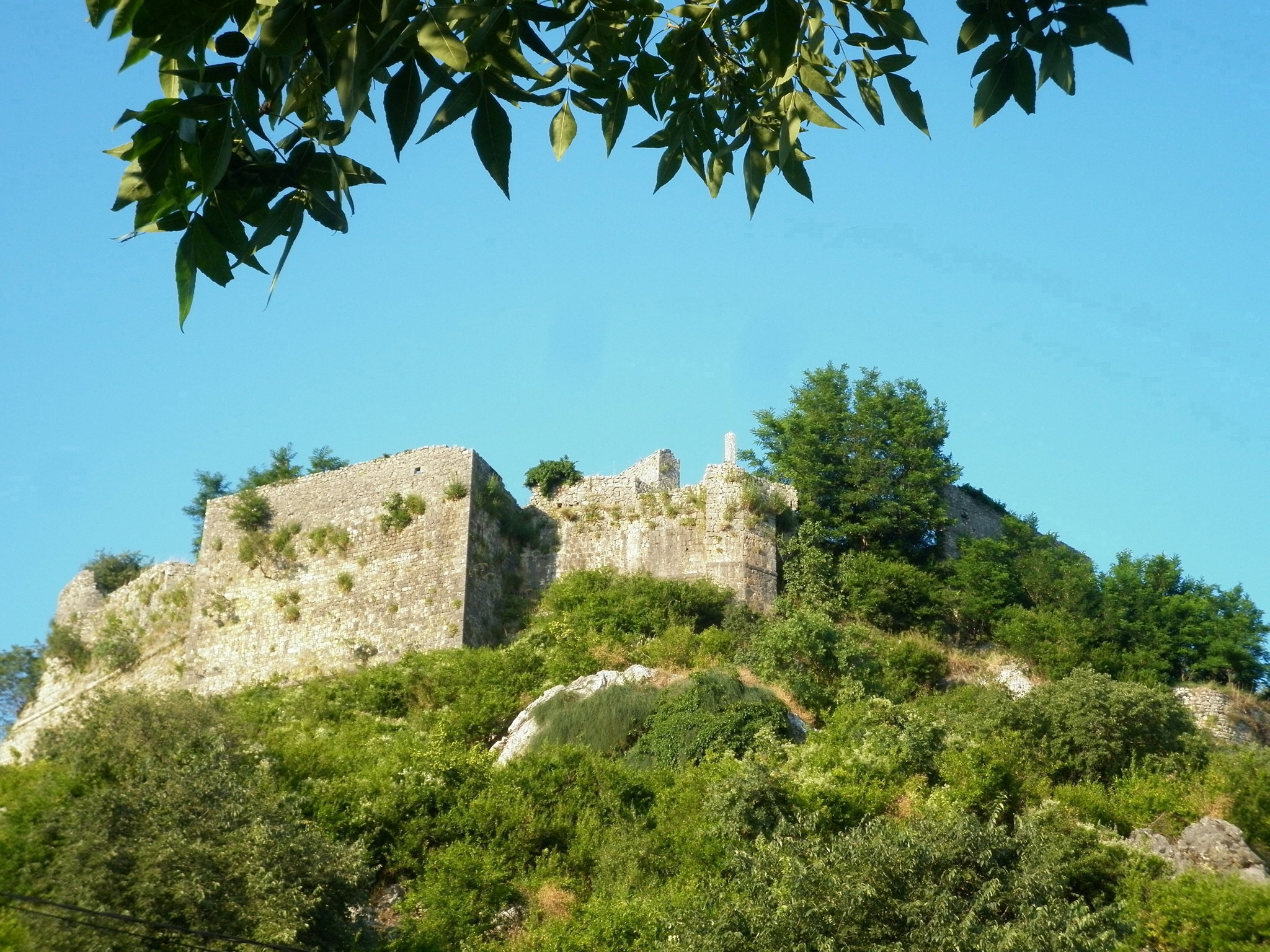
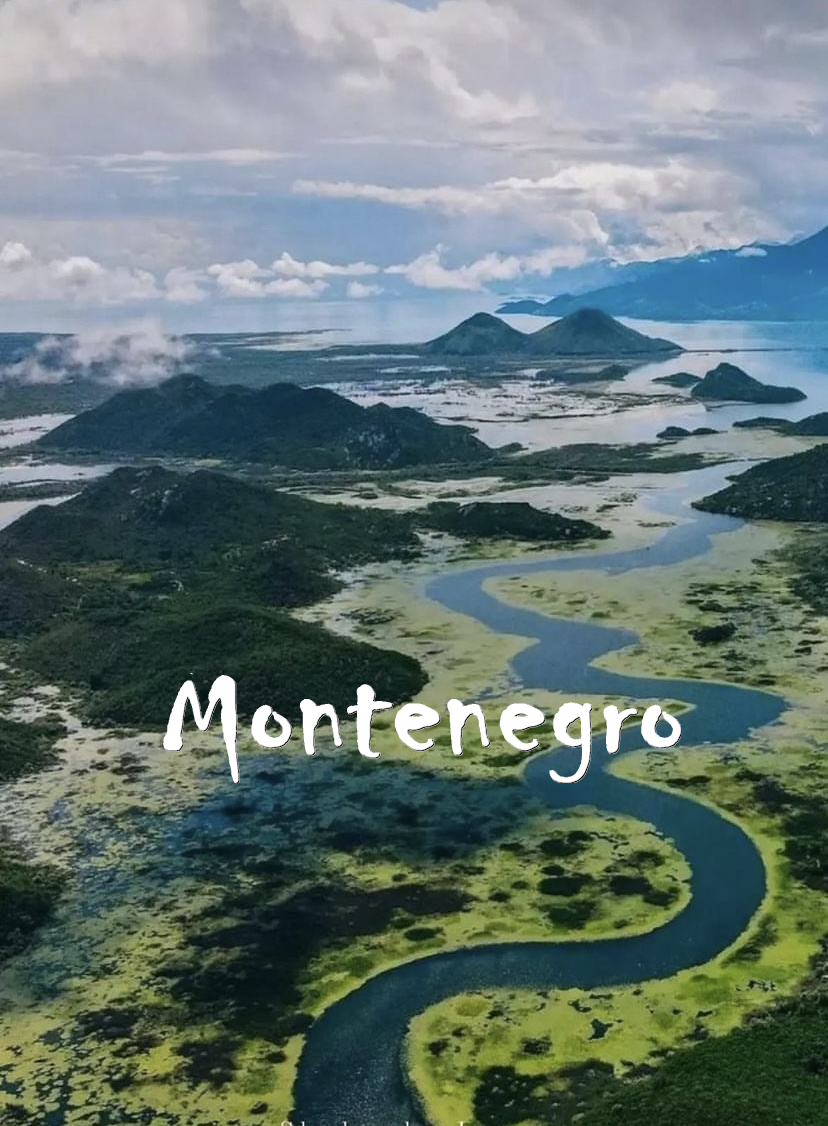
Comments (10)
Действенное раскрутка интернет-площадки с помощью контента В актуальном компьютерном окружении пиар веб-ресурса признается первостепенным моментом достижения всего электронного бизнеса .
Discover unbeatable deals on high-quality products at Kaufweise.de. From technology to household helpers – everything you need at great prices!
}
Плодотворное популяризация веб-портала через материалов В актуальном компьютерном сообществе популяризация сайта представляется первостепенным моментом победы всего электронного бизнеса .
Эффективное раскрутка веб-портала путем заметок В настоящем электронном универсуме популяризация интернет-площадки является главным аспектом триумфа некоего веб-проекта .
https://clck.ru/3Gih3t
https://clck.ru/3Gih3t
Сервис измерителей времени на территории столице: прибыльно передать роскошные модели По какой причине выбирают измерительный ломбард? Москва предлагает десятки ломбардов, зато измерительные организации выделяются конкретной направленностью. В таких местах выполняют дистанционную оценку моделей по визуальным материалам, вдобавок обещают выкуп гельветических хронометров немедленно. Как продать аксессуары на территории городе? Дистанционная проверка: направьте визуальные данные личных аксессуаров через веб-ресурс. Профессиональная диагностика: визирование в отделение ломбарда ради подтверждения оценочной суммы. Срочная оплата денег после оформления документа. Реализовать конфедеративные модели на территории мегаполисе доступно на выгодных требованиях. Кредитные учреждения гарантируют защиту а также объективную оценку вашего аксессуара! Планируете передать устройства срочно? Приходите в измерительный кредитное учреждение столицы — гарантируйте максимум прибыль уже!
Как отобрать сопровождение в городе . Проверенные агентства сопровождения мегаполиса. Люксовые услуги сопровождения город предлагает большое количество надежных решений. Факторы отбора сопровождающей учитывают привлекательность, уровень доверия и компетентность.. В каком месте найти надежное компанию для встреч в столице. Подсказки по выбору вариантов для встреч Каким способом нельзя ошибиться с отбором компании Лучшие компании Москвы На какие моменты нужно учитывать при оформлении эскорта. Сопровождение элитного сегмента в Москве включает внимательного подхода. Каким образом забронировать услуги сопровождения безопасно?. Сервисы для мероприятий мегаполис — цены и рецензии. Заказать люксовый сопровождение дешево VIP-эскорт с приездом в столице Проверенные эскортницы мегаполиса — обзор 2024 Сервис для бизнес-встреч Москва. Сопровождение на событие подразумевает особенного отбора. Каким образом определить хорошее компанию от мошенников?.